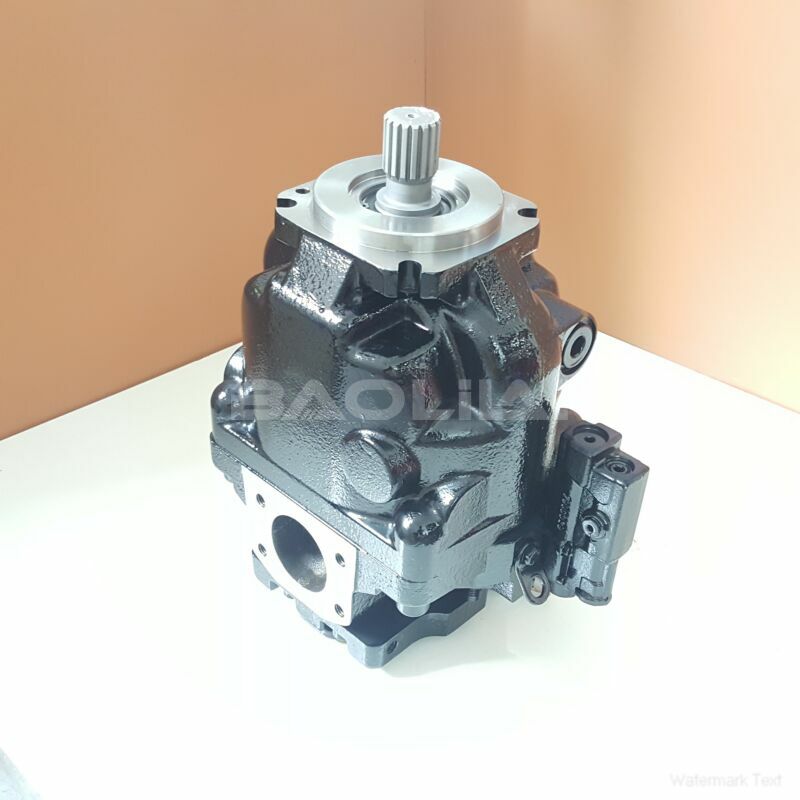ERR100BPC12NNNNN3K5NLA1NAAANNNNNN hydraulic oil pump
ERR100BPC12NNNNN3K5NLA1NAAANNNNNN hydraulic oil pump

- Product Details
- Applicable Scene
Hydraulic pump failures can disrupt operations in fluid transfer systems, leading to unplanned downtime and increased maintenance costs. Understanding how to troubleshoot these failures is crucial for maintaining system efficiency and prolonging equipment lifespan. This article outlines a systematic approach to identifying and resolving hydraulic pump issues in fluid circuits.
ER-R-100B-PC-12-NN-NN-N-3-K5NL-A1N-AAA-NNN-NNN
ERR100BPC12NNNNN3K5NLA1NAAANNNNNN
Begin your troubleshooting process by observing the pump’s physical condition. Look for visible signs of wear, leaks, or damage to the pump housing, seals, and connections. Inspect all hoses and fittings for signs of abrasion or excessive bending, which can lead to pressure drops or leakage in the circuit.

83018680
Next, check the hydraulic fluid levels and quality. Low fluid levels can cause cavitation, leading to pump failure. Dirty or contaminated fluid can also cause components to wear prematurely, affecting pump performance. Ensure that fluid filters are clean and replace them if necessary. Use the manufacturer’s recommended hydraulic fluid to avoid compatibility issues which may lead to corrosion or other problems.
After inspecting the fluid condition, evaluate the system’s pressure readings. Use a pressure gauge to measure the inlet and outlet pressures of the pump while the system is in operation. Significant differences between these readings may indicate blockages in the system, such as a clogged filter or a malfunctioning valve. It’s also important to check for any signs of cavitation, which typically manifests as unusual noise or vibration from the pump.
Once you have gathered initial diagnostic information, review the flow rate of the pump. A drop in flow rate can indicate either mechanical failure or issues within the hydraulic circuit, such as leaks or obstructed pathways. Ensure that the pump is sized appropriately for the application; an undersized pump may struggle to meet the demand, leading to overheating and reduced efficiency.





